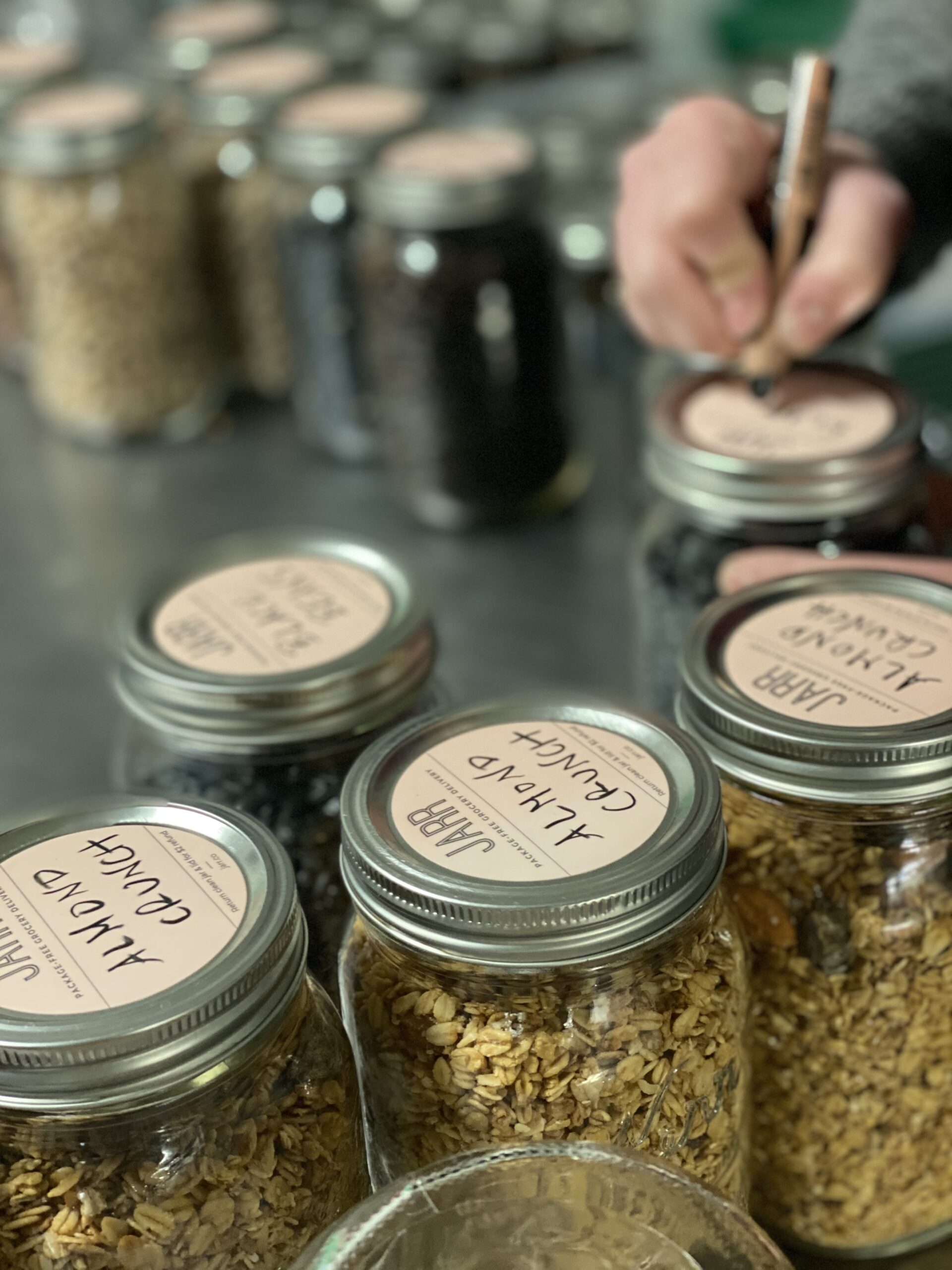Do you find it difficult to incorporate sustainability into your life? Incorporating new habits into our daily routine can be challenging, which is why many abandon their goals shortly after starting.
INCORPORATING NEW HABITS TAKES TIME
On average, it takes 66 days to form a new habit. Instead of expecting quick results, be patient and strive for incremental progress every day. Stay motivated by focusing on why the goal is important and who you need to become in order to achieve the goal. Too often, we focus on the result instead of how we will get there, which leads us to lose motivation.
In the book Atomic Habits, James Clear talks about BJ Fogg’s “habit stacking,” using our existing habits to cue the new habits we want to create. Using existing habits to prompt new habits works well because we’ve already built the (subconscious) patterns and behaviours for the existing habit.
HABIT STACKING: INCORPORATING NEW HABITS TO ACHIEVE YOUR GOALS
When incorporating habits into your routine, start with one at a time and add on from there. Use the habit stacking framework (cue, craving, response and reward) to make incorporating the new behaviour into your daily routine easier.
CUE (TRIGGER): MAKE THE HABIT OBVIOUS
The cue or trigger is a habit you’re already doing that will trigger you to think about your new habit.
Think about your current daily routine. Where might it be easy to incorporate a new habit? Set a specific action to incorporate into your existing habit so that your response becomes obvious and second nature. It’s important to pick the right cue when deciding what habit to stack and identify potential tradeoffs (things/tasks) you’ll have to give up to incorporate the new habit.
For example: let’s say your new habit is to meditate first thing every morning for 30 minutes. If your routine involves making coffee when you first wake up, you can set this as your cue or trigger to meditate.
CRAVING: MAKE THE HABIT ATTRACTIVE
Pair your new habit with an existing habit you want to do. This will help motivate you. Focus on what’s important and how to make your cue the most attractive and enticing.
For example, if you’re a coffee lover (like me), then the first thing you want in the morning is a cup of coffee. Pair your new habit with drinking a cup of coffee. The routine then becomes, I will meditate for 30 minutes before I make a cup of coffee.
RESPONSE: CREATE FEEDBACK LOOPS
Create a sustainable routine that works for you. Resist the urge to want immediate results. Instead, create your long-term habit with short-term feedback.
Commit to small amounts of time every day to achieve your new habit. The most effective way to achieve results is with consistency, repetition and measured progress. Set aside time each week to reflect and revise your goal as needed to keep on track.
For example, meditating for 30 minutes at once may seem daunting and hard to sit through. Instead, start with 5 minutes of meditation and increase each day or week until you reach 30 minutes.
REWARD: TREAT YOURSELF FOR YOUR EFFORTS
Celebrate small wins with a reward to keep you motivated. This might be a daily reward, like a cup of coffee after meditation. Set short, mid and long-term rewards for reaching your habit-building milestones.
For example, if your routine includes increasing your meditation time by 5 minutes every week, then reward yourself with a treat when you’ve reached 10, 15 or 20-minutes of meditation practice.
START INCORPORATING NEW HABITS
Setting vague or unclear goals will not get you to where you want to be. Be specific and set a clear plan for how you will incorporate new habits. By implementing the simple technique of habit stacking you can eliminate obstacles and ensure the effort you’re putting into your goals will produce the most important results.





